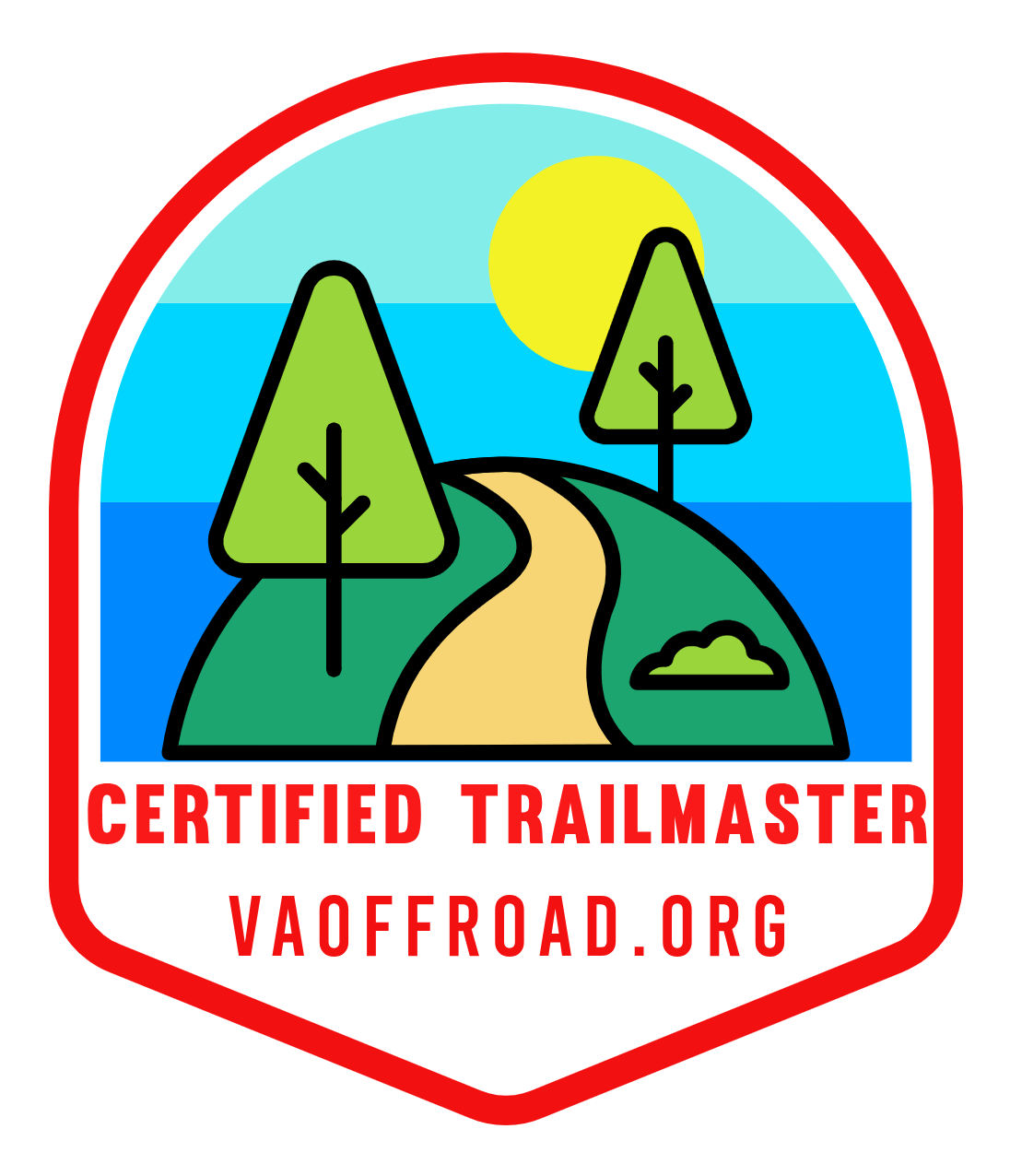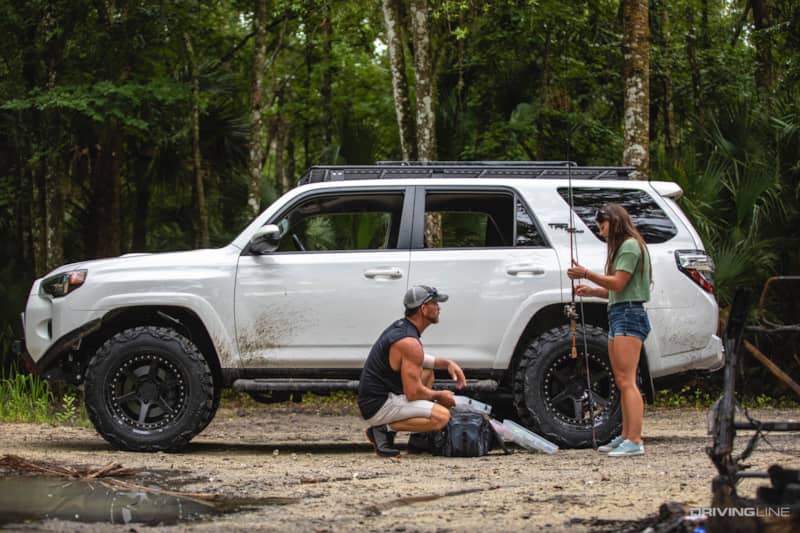
The Core Principles of Responsible Off-Roading
🌿 Tread Lightly! and Trail Ethics
Responsible off-roading begins with a simple but powerful principle: stay on designated trails. When you venture off into nature, your vehicle has a real impact—ruts, erosion, crushed plants, and disturbed habitats can result from just one vehicle leaving the trail. That’s why organizations like Tread Lightly! advocate for ethical off-road use that minimizes environmental damage.

Designated trails are mapped and maintained to handle off-road traffic. Veering off them—even slightly to avoid a muddy section—can destroy vegetation, create illegal bypasses, and eventually get a trail shut down.
Example:
You’re riding in the Jefferson National Forest and hit a muddy area. It’s tempting to steer around it. But doing so kills plant life, widens the trail, and causes permanent damage. The better move is to drive through it responsibly, using momentum and traction aids, or turn back if conditions exceed your skill or your vehicle’s ability.
📋 Pre-Ride Trail Prep: What You Must Know

Before hitting the trail, preparation is more than just loading snacks and strapping down gear—it means checking local regulations, weather conditions, and the status of the trail itself. Trails in the U.S. can be closed seasonally due to mud, wildlife protection, or wildfire risk. Some trails also require permits or passes to access legally.
Checking this information helps you avoid fines, wasted trips, or unsafe situations.
Example:
Planning to drive the Peters Mill Run OHV Trail in Virginia? During the winter months, it’s often closed to prevent erosion. If you show up without checking the status, not only could you face a locked gate—you might also get fined or damage an already-vulnerable route. A simple look at the Forest Service website or trail app could save you major headaches.

